Making homemade bread can be a deliciously rewarding experience, but what happens when your dough refuses to rise?
Understanding the science and art behind bread-making can demystify this common problem. Let’s explore the possible reasons your homemade bread might not be rising and how you can solve each issue.
Yeast is Expired
Old yeast might just be the villain in your bread-making saga. If your yeast is past its prime, it’s time to bid farewell. Yeast, being a living organism, loses its oomph over time, leading to sad, flat bread.
Check the expiration date on the packet, and if in doubt, perform a simple yeast test. Mix a little yeast with warm water and sugar, and wait for it to froth. No froth? No rise!
Remember to store yeast in a cool, dry place to extend its life. Fresh yeast can transform your dough from a flat pancake to a fluffy loaf. It’s truly magical when your kitchen fills with the aroma of bread rising to perfection!
Water Temperature
Water that’s too hot or too cold can sabotage your bread’s rise. Yeast, being the diva it is, needs a cozy environment.
Approximately 105°F to 115°F is the sweet spot; too hot, and your yeast will perish, too cold, and it won’t activate. Use a thermometer to ensure the right temperature, or rely on the ‘lukewarm’ touch test.
Give your yeast the comfort it craves, and watch your dough rise beautifully. It’s satisfying to see the once humble ingredients transform into a bouncy ball of potential. Remember, precision is the key to baking success!
Incorrect Flour Type
Not all flour is created equal when it comes to baking bread. If your dough’s not rising, you might be using the wrong type of flour. Bread flour, with its higher protein content, provides more gluten, which is essential for a good rise.
All-purpose flour might not do the trick if you’re aiming for that bakery-quality loaf. Switching to bread flour could be the game-changer you need.
Embrace the science of baking by choosing the right ingredients. A simple change of flour can lead to impressive results, turning your bread-making endeavor into a success story.
Not Enough Kneading
Kneading develops gluten, the protein that traps gases and helps bread rise. If your dough seems lifeless, perhaps it needs more kneading love.
Work the dough firmly but gently until it’s smooth and elastic. This process can be therapeutic, channeling your inner artisan. Kneading is essential, ensuring that the gluten network forms properly.
With each push and fold, you’re closer to achieving a loaf with perfect texture and height. Don’t rush it; patience is a virtue in bread-making. Enjoy the rhythmic dance of dough against the countertop.
Poor Quality Ingredients
Quality ingredients make a world of difference in baking. If your bread isn’t rising, scrutinize your pantry. Are your flour, salt, and yeast fresh?
Stale or low-quality ingredients might be sabotaging your efforts. Fresh, high-quality ingredients are essential for a successful rise. They ensure your dough has the best chance to blossom into a splendid loaf.
Choosing the best ingredients elevates your bread from mere sustenance to a culinary masterpiece. It’s an investment in flavor and enjoyment.
Too Much Salt
While salt adds flavor, too much can hinder yeast activity. If your bread isn’t rising, you might have been a tad too generous with the salt shaker.
Salt controls yeast growth, so a balance is crucial. Measure carefully and avoid dumping salt directly on yeast. This little tweak might be all you need to see your dough rise splendidly.
It’s fascinating how a simple ingredient adjustment can transform the outcome. Achieving the perfect balance enhances the final product.
Room Temperature
Your kitchen’s ambiance plays a role in dough rising. A chilly environment can slow down yeast activity, leading to underwhelming results.
Ensure your dough is in a warm spot, ideally between 75°F and 85°F. It’s like creating a cozy nook for your bread to flourish. Cover the dough with a damp cloth to retain warmth.
Adapting the environment can work wonders for your bread. Turning a cold kitchen into a haven for rising dough makes all the difference. Celebrate the transformation as your bread becomes the star of your culinary show!
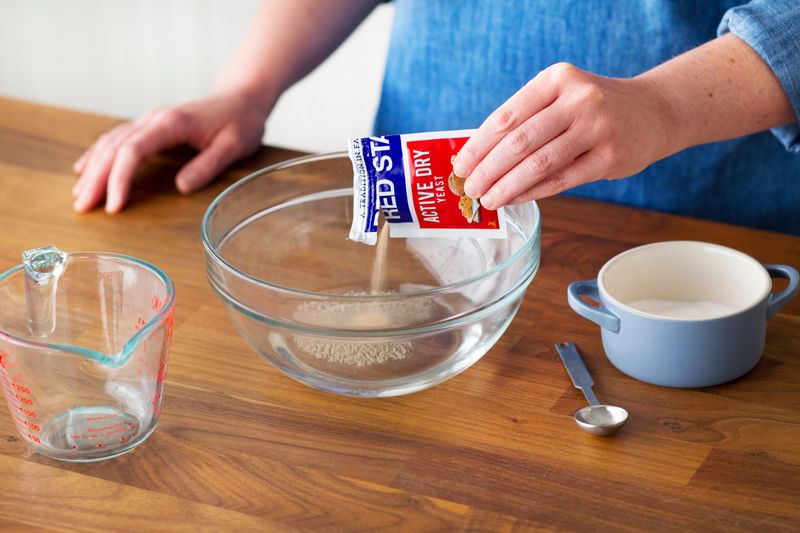
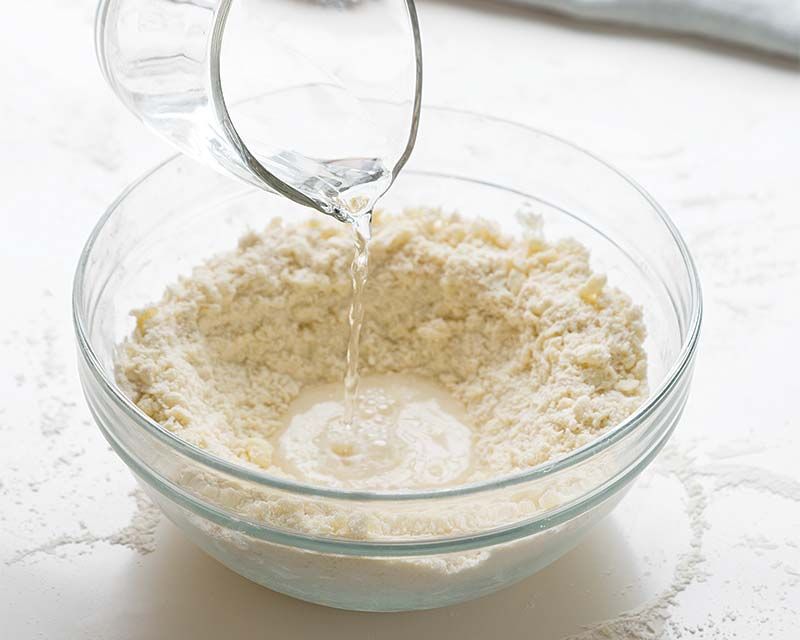
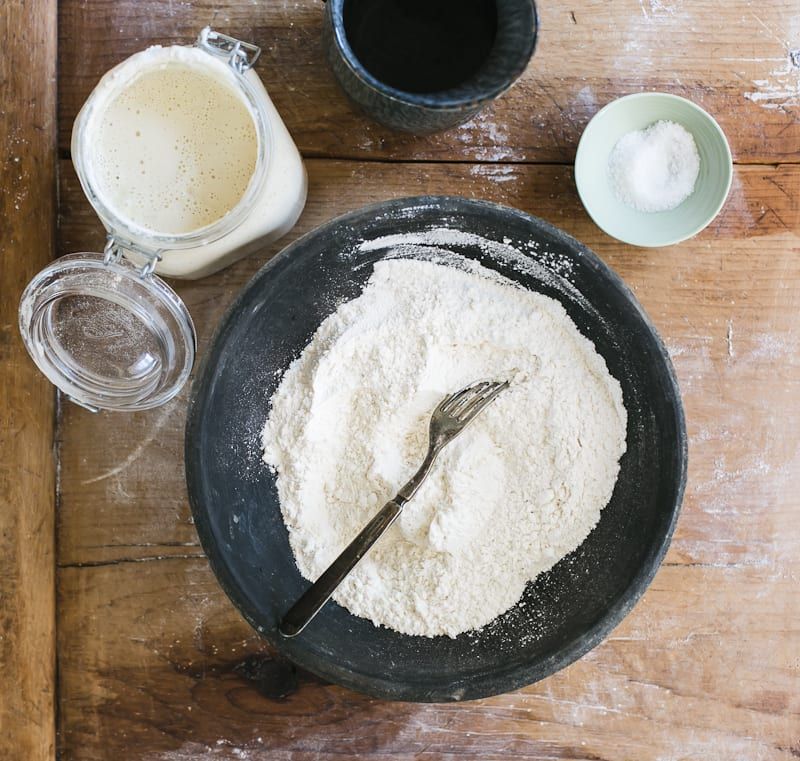
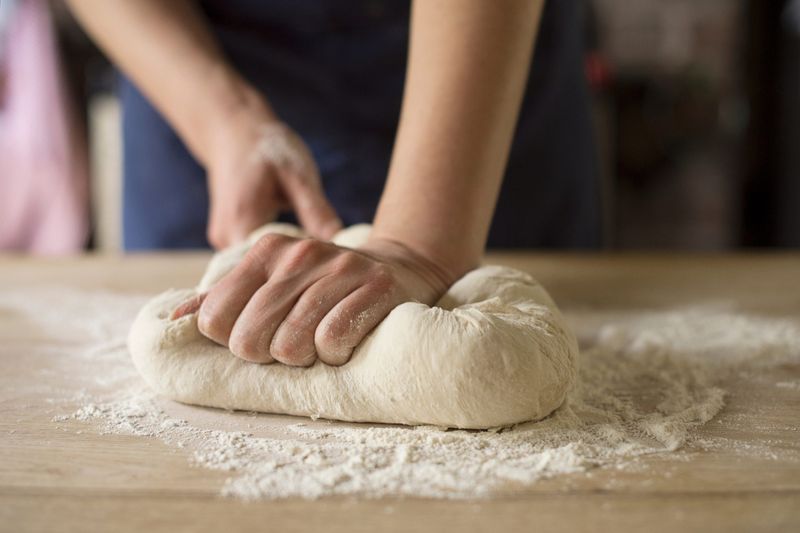
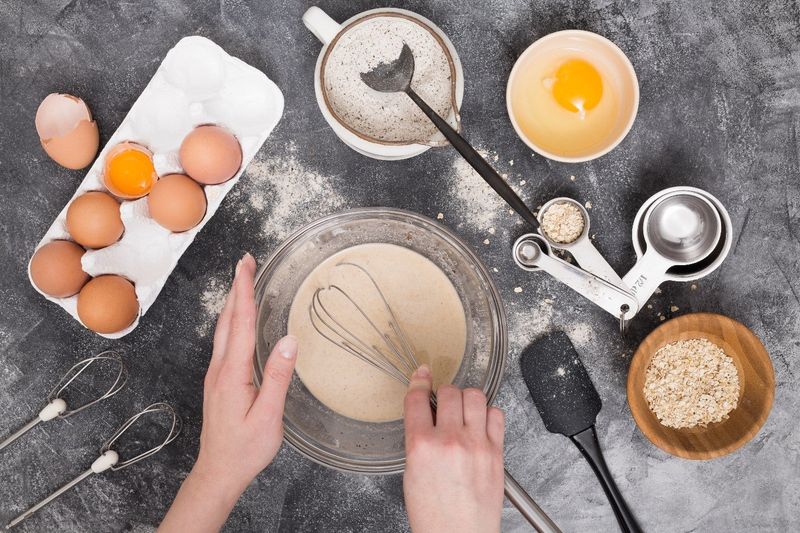
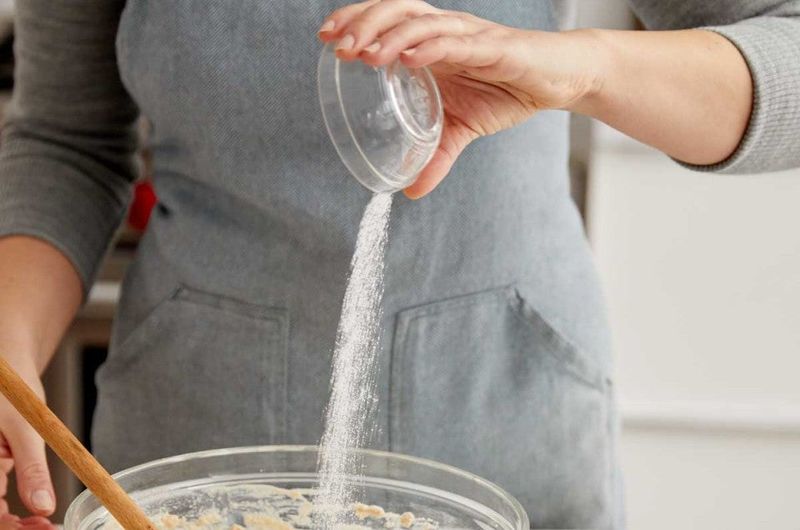

Leave a comment